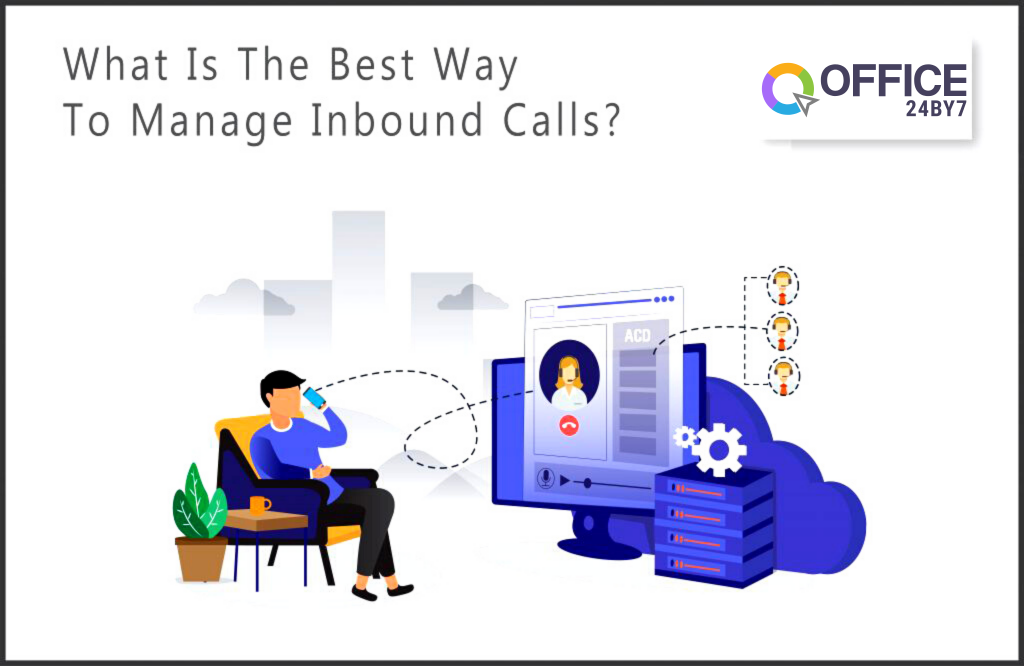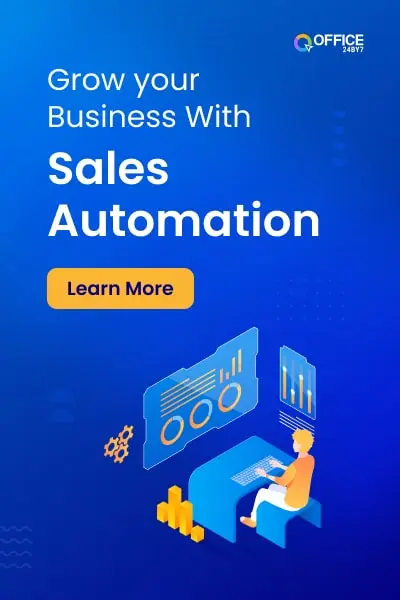“When we are looking at moments of truth, we need to make sure we are providing the best answer, delivering the right answer quickly and consistently, and doing so in a way that is easy for your customers to do business with us,” – declares Melinda Keith of Hunter Douglas in a report published by Brian Cantor, principal analyst for the IQPC Customer Management Practice. It is essential to manage inbound calls and create a solid impression when a customer calls you for help regarding a sales inquiry or resolving an issue. Especially when your customer calls you for the first time, they expect the right person to answer the call and address their queries patiently and within the shortest possible time.
An industry leader, Melinda Keith, quotes the same from her experience. But, in reality, what challenges does a virtual or real inbound contact center face in this aspect?
With thousands of incoming calls pouring in daily, assigning a separate customer executive for inbound call center software management is impossible. Business call management and routing customers to the appropriate support team is also a mandate. So, we can say that routing to the appropriate team’s helpdesk and routing to an agent with the right skill is essential to ensure the call goes well. But how do you manage the call distribution to ensure every call is the right person answers it with proper attention?
One of the popular tools used to solve such a situation is Automatic Call Distribution (ACD). ACD seamlessly automates business communication, which means distributing and routing business calls to the right support team and the right customer service representative from the team without a long wait time.
What is ACD?
ACD requires an Intelligent Routing System through an IVR systems to disperse or automate the incoming call distribution to the available team or employees. It allows you to streamline the dial method or order you would like to route incoming calls. The technology empowers businesses to improve organizational performance, as they can handle more calls.
Ultimately, call management software decreases the call abandon rate and increases customer acquisition rates. The dial methods distribute incoming calls equally to every team agent, allowing them to work more efficiently.
Automatic Call Distribution (ACD) applies to almost every industry that wants to manage inbound calls. It automates many manual processes and helps you manage call frequency and customer service executive’s time. ACD (Automatic Call Distribution) works in coordination with Computer Telephony Integration (CTI) and Interactive Voice Response System (IVRS).
Agents can track every call about the inputs of the customer. They can also track other metrics like call time, duration of the call, the average length of calls, the number of calls received by a particular agent, and the total number of calls, etc. This data provides businesses with actionable insights to monitor operational efficiency and find ways to improve these metrics further.
Additionally, a company’s dispersed branches can be projected as a single company by aiding location-based routing with ACD. The technology helps businesses manage and route high-volume calls smoothly to the concerned geographical locations with maximum accuracy and in real-time. This facilitates the organization to work professionally, providing superior customer service around the clock.
4 Ways ACD Can Help Customers Reach An Agent Quickly
First, examine its essential features and methods to understand how to use the ACD tool.
Sticky Agent:
Based on the previous call history or interaction, a particular customer call can be connected to the same executive every time with whom the customer first interacted. This mechanism reduces customer wait time and frustration as the call gets connected to the concerned technical or sales agent who spoke to the customer last time. The agent will provide a resolution in the shortest time instead of taking time to fetch the customer information, ask repetitive questions, and understand the issue.
Priority:
You set call priority and route calls based on the scheduled order. Businesses are facilitated to fix orders in an IVR based on several criteria. Depending upon the customer responses, calls can be directed to predetermined points to departments like sales or support for related queries or to prioritize calls depending upon the customer’s choice or employee expertise. The defined order gets automated for all incoming calls based on which the call can be transferred to the next available executive in case the prioritized executive is busy.
Round Robin:
This mechanism helps businesses route a single call to different executives depending on availability. If an executive is busy, the call would remain on hold for a stipulated time and then get routed to the next available executive. The process continues circularly until the call connects with the available executive.
Ring All:
This mechanism facilitates businesses to route every call to all executives of a particular department simultaneously. Whomsoever is free can take that call. This helps customers connect quickly with the business executive, increasing customer satisfaction.
The best thing is that ACD is not expensive and can easily integrate with a real or virtual contact center. Do you have any queries, or are you looking for an ACD or Virtual Phone System solution for your business? Get in touch with us at 7097 171717. Just pure help and assistance provided!
Effectively managing inbound calls is crucial for maintaining strong customer relationships and ensuring business success. With Office24by7’s automation software tool, businesses can streamline call management, reduce wait times, and enhance customer satisfaction. Start optimizing your inbound call management today and see the positive impact on your business.






